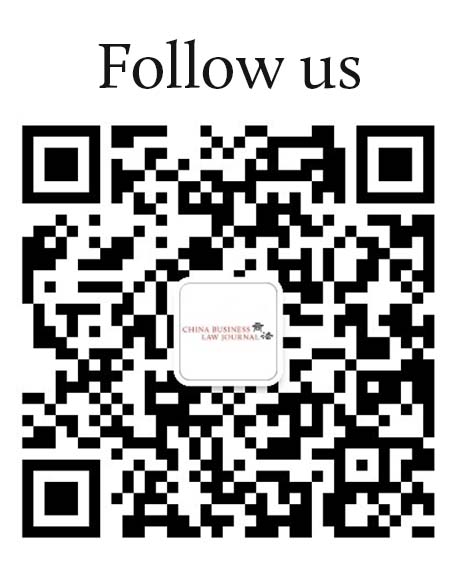Article 10 of the Contract Law stipulates that “parties may use written, oral or other forms in entering into a contract”. Article 11 further stipulates that “written form refers to a form such as a written contractual agreement, letter, electronic data text (including a telegram, telex, fax, electronic data exchange and e-mail) that can tangibly express the contents contained therein”.
According to these two provisions, signing a contract by means of electronic data text is one of the “written forms”, among which an e-mail is often used when parties reach an agreement. When signing a contract via e-mail, one party first signs and seals the paper contract, and then sends it to the other party by e-mail.
Since the parties are not in the same time and space at the time of signing, the actual contracting process may be inappropriate in operation – after signing and sealing, one party just scans the paper contract instead of sending the original copy back to the other party. In cases where one party denies the authenticity of its signature, the inappropriate contracting process may lead to negative legal effects.
The China International Economic and Trade Arbitration Commission’s (CIETAC) South China Sub-Commission accepted a case on a capital increase agreement where one of the respondents (respondent A) claimed that he did not sign a disputed agreement. The applicant was a new shareholder participating in the capital increase. The respondents consisted of a target company and multiple shareholders, who were natural persons.
The disputed agreement contained matters related to the capital increase and terms of repurchase that, if the valuation adjustment mechanism was invoked, the natural-person shareholders would be obliged to repurchase.
The applicant signed the agreement, and then sent it to the target company via e-mail. The target company contacted its natural-person shareholders and let them sign the agreement. After they all signed, the respondents sent the contract back to the applicant.
During the arbitral proceedings, respondent A raised an objection to jurisdiction, and applied for authentication of the signature purported to be signed by him on the disputed agreement.
Respondent A stated that he had neither signed the agreement nor authorised any other person to sign the agreement. He further claimed that the signature on the agreement was forged by others, and not a declaration of his own will. Therefore, he applied to the tribunal for authentication of the signature.
Authentication of signature failed because the original copy was missing
So far, whether Respondent A had signed the disputed agreement became the primary fact to be investigated. To find out whether the signature was forged, the original copy was very important.
During the trial, the applicant stated that the agreement was sent via email, and he did not have the original copy. The target company stated that the original copy was lost because it was not properly kept, and a long time had passed since the signing. Neither party could provide the original copy.
However, Respondent A applied for authentication of the signature to prove: (1) that the signature on the agreement was not his handwriting; and (2) that even if the signature was his handwriting, it may be forged by someone else, and Respondent A himself did not sign it.
According to a third-party institution, in the absence of the original copy, authentication could only help to find out whether the signature was a person’s handwriting. It could not be known whether the signature was written by that person or someone else. Therefore, the tribunal did not approve Respondent A’s application for authentication.
You must be a
subscribersubscribersubscribersubscriber
to read this content, please
subscribesubscribesubscribesubscribe
today.
For group subscribers, please click here to access.
Interested in group subscription? Please contact us.





























